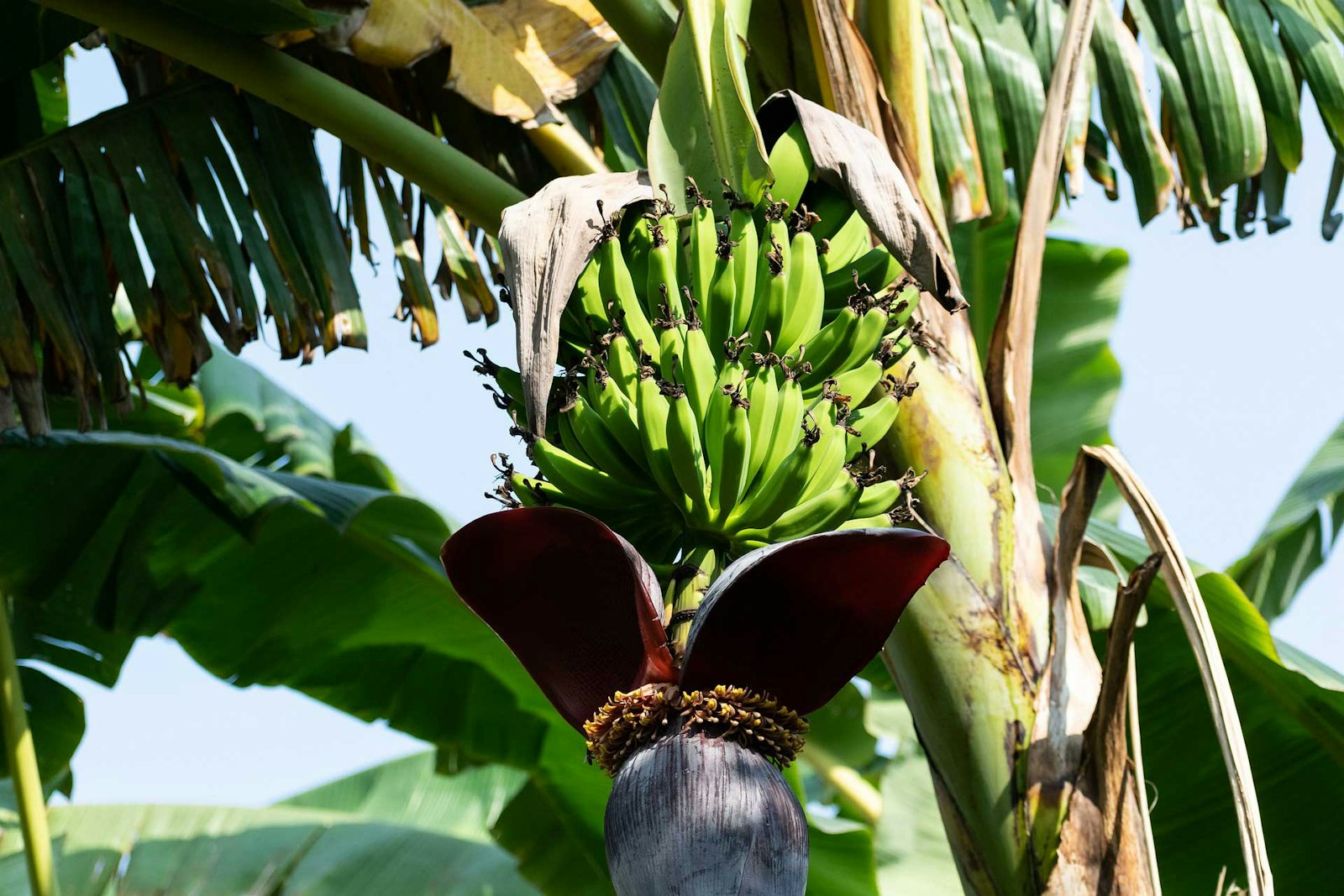Kate Larsonkeeps an ever-growing flock of Border Leicester sheep and teaches handspinning and knitting regularly in central Indiana and around the country.She manages theSpinner's Connection Blog here at spinningdaily.com and keeps a blog of her own atkatelarsontextiles.com. We've invited her to share a little bit about how she came to raise Border Leicesters.__
Leicester Love and Other Tales
Kate: One of my favorite questions to ask the shepherds I meet in my travels is how they came to raise a particular type of sheep. Choosing a breed (or type of sheep within a breed) to raise is a very personal decision based on landscape, purpose, and aesthetic. From flock to flock, grazing patterns, behavior, and personality vary as widely as fleece type. 
Kate and one of her Border Leicesters. Photo courtesy of Kate Larson.
When I returned to the Indiana farm where my family has lived for many generations, I started a flock of Border Leicesters. Why Leicesters? At university, I had become interested in intensive rotational grazing, and was looking for just the right sheep for this type of grass-based management that also produced a fleece I liked. I met my first Leicesters while interning on a small, sustainable, ultra-diversified farm in Vermont. The sheep I worked with that year were not only tremendous grazers, but they were keenly intelligent and hardy. They were quiet, watchful, and worked easily with their shepherd. There is a special variety of love at first sight for sheep and shepherds, and I fell hard for these sheep and their silky, curly fleeces.
 Border Leicester lambs. Photo courtesy of Kate Larson. | |
I can wax poetic about the many Leicester virtues endlessly. (Shall I count the ways?) But what it really comes down to is that these sheep were the right fit for me and my farm. Watching my Border Leicesters graze where my father's Columbias and my great-great grandfather's Lincolns grazed is a sight that fills me with joy. You can see a video of my bouncing Border Leicester lambs and pictures of recent pasture renovations on my website.
Maintaining a diversity of breeds is important. Preserving flocks that fit into various landscapes and meet each shepherd's unique needs allows us to make choices that are more environmentally sustainable and produce healthier sheep—which in turn, keeps a bounty of fleeces to explore at our spinning fingertips.
Kate Larson

